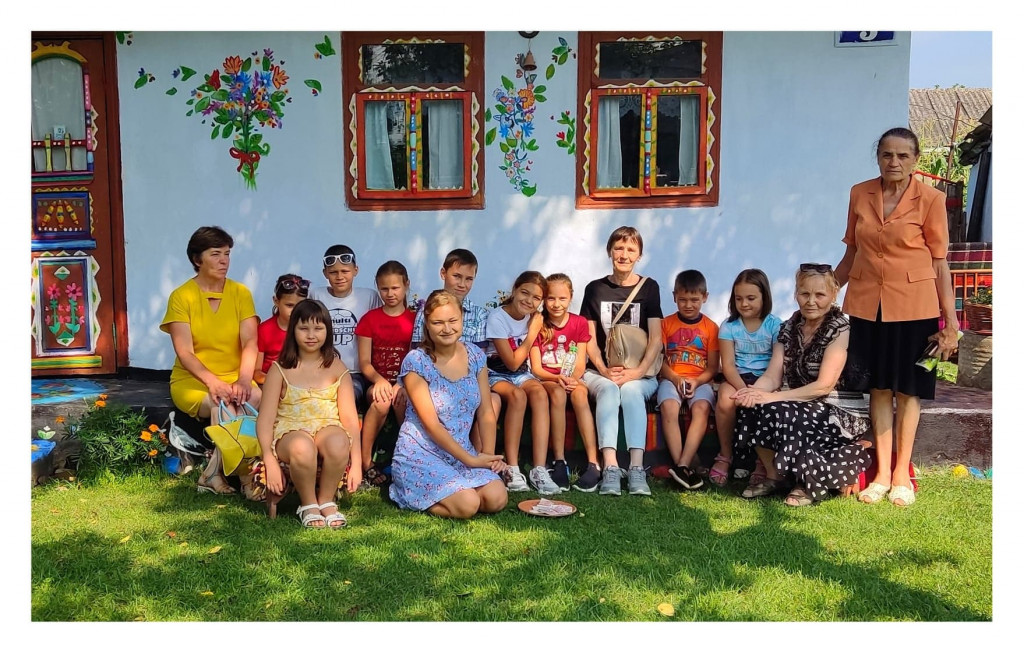Meet Moldovan artist Natalia Coroi (Bzovii), who graduated from the Artistic Profile at the “School of Plastic Arts” in Ungheni, then studied at the high school with a painting profile, “Igor Vieru,” in Chișinău, and is now a second-year student at Lucian Blaga University in Sibiu, specializing in “Heritage Studies and Cultural Asset Management.”
Natalia recounted that the restored house belonged to her great-grandparents.
"In 2016, the person living in the yard passed away, and my family inherited the land. It is on the same street as my childhood home. Until then, I had never been to this little house, and it wasn't very visible because the yard was not well-maintained. I always wondered what was inside."
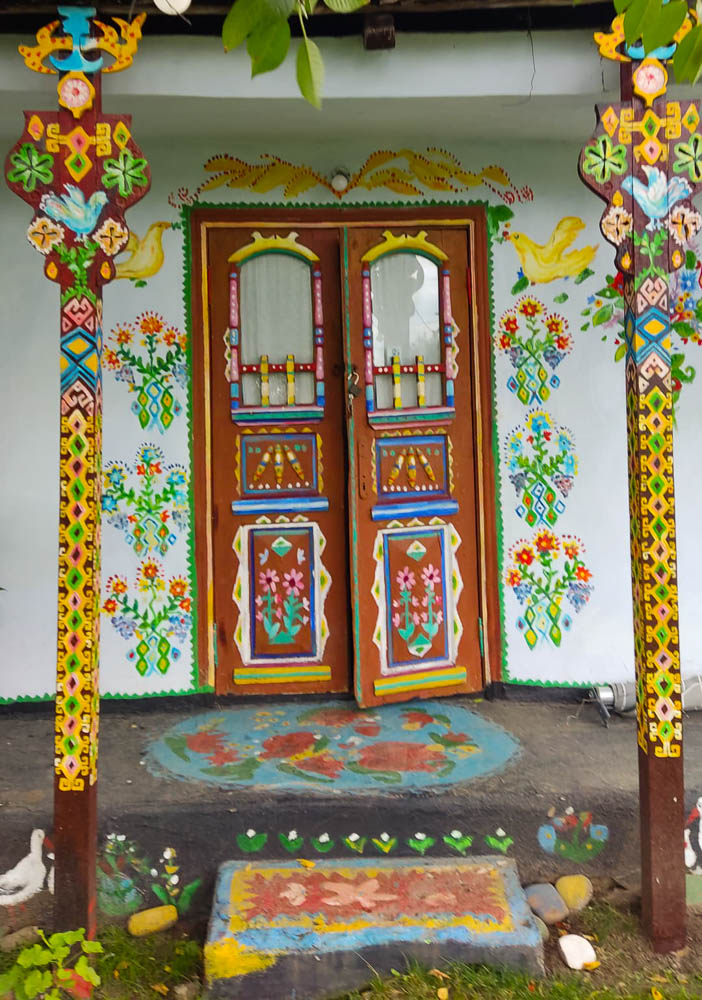
When she began to explore her ancestry, the young woman found inside this house a photo of her great-grandfather, who was a war veteran from Iași County, Ungheni commune.
„ I was absolutely passionate about everything that is old, but also the fairytale world in my mind. So I combined them. ”
"My parents were certain that they would demolish the house because it was in a disastrous state. It was full of garbage, but I already saw it transformed into a corner of paradise. My grandmother and I took the initiative to bring it back to life because it is the house where she grew up," Natalia told us.
The young woman used a traditional technique involving clay, dung, and straw to fill in or even reconstruct parts of the house’s walls. She then painted it several times on the interior and exterior. “I gathered many old items, turning it into a museum.”
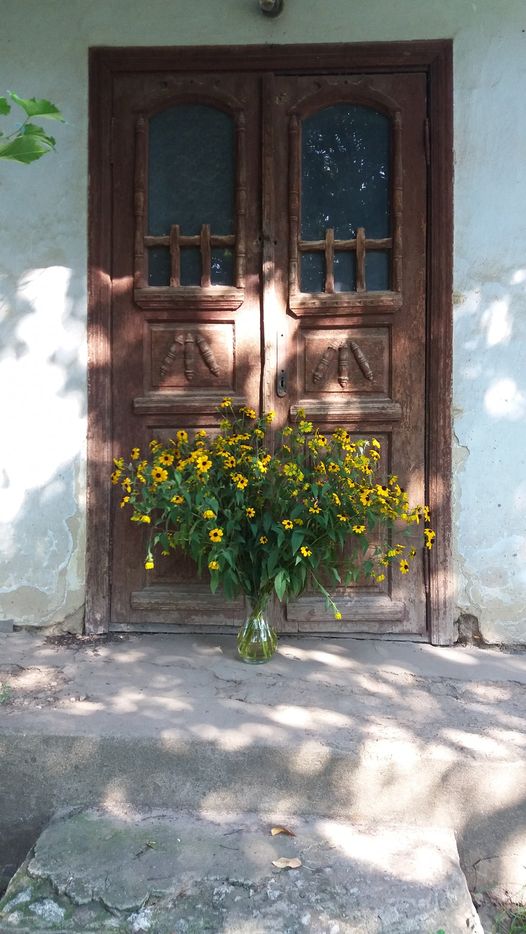
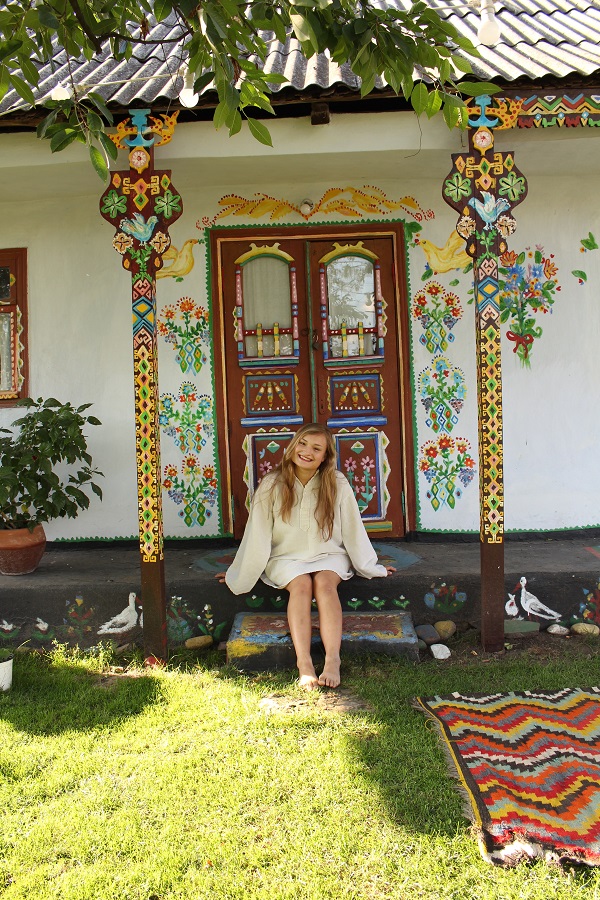
Natalia was inspired by the village museums in Romania and the traditional painted houses in Poland, which are unique in their vibrant colors. Russian culture, as it carries a strong coloristic presence, also influenced Natalia. She had long envisioned creating such a house, but the idea that this was her great-grandparents’ home, and this personal project would help her better understand herself, motivated her.
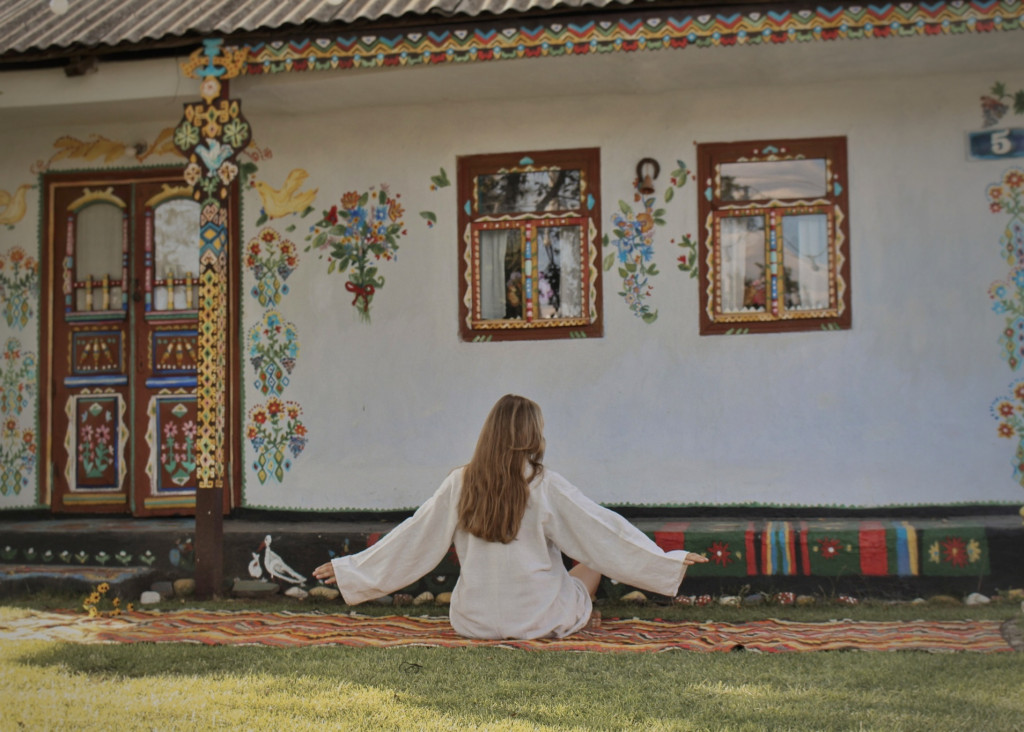
"When it came to restoring the walls, my grandmother helped me, but everything else I did on my own. I wish I had more resources to restore it better because initially, the roof of the house was made of wooden shingles, not asbestos," she told us.
The young woman also mentioned that this house is very modest; it does not belong to a wealthy family but instead witnessed cannibalism and famine. “As you enter, there is a corridor that divides the house into two parts: the ‘main house’ and the room where six children and their parents lived. The house is over 100 years old.”
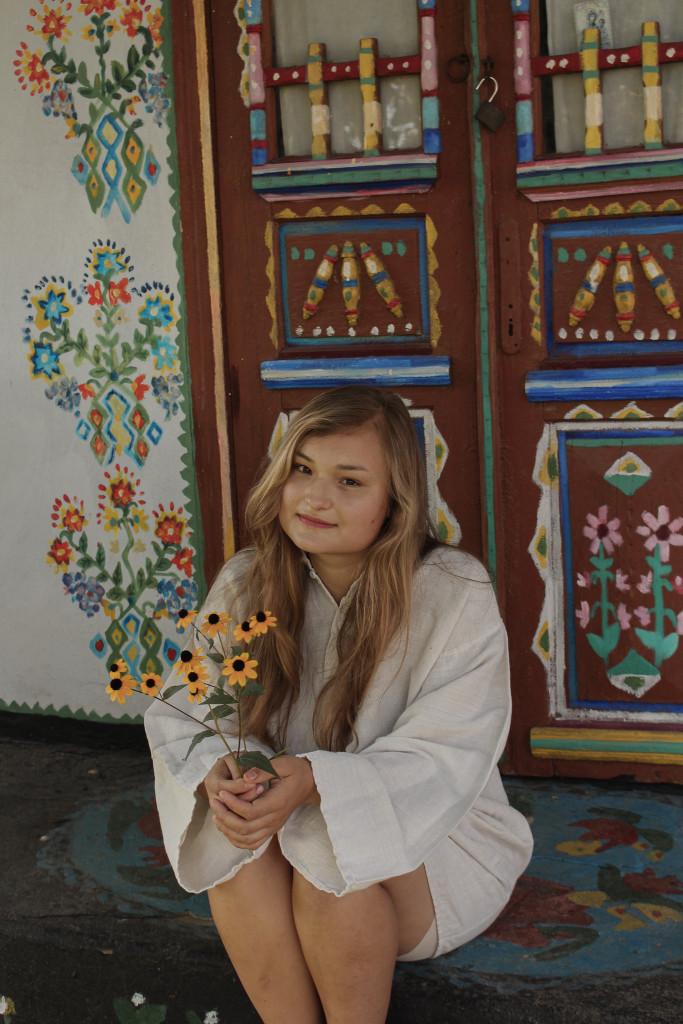
The young woman mentioned that she used a lot of imagination in decorating the house but also drew inspiration from authentic “real, not commercially produced” traditional blouses known as “iie.” Similarly, traditional carpets were another source of inspiration for Natalia. “Usually, my talent dictates what ornaments and colors to use. I didn’t make a sketch; I always improvise. You simply feel in the moment what is missing or what needs to be erased. The door is adorned with two yellow birds, representing my desire to fly, to be full of light and joy. Another symbol is the ‘column of infinity,’ resembling a staircase towards the sky, towards our spiritual upliftment.”
FOR THE MOST IMPORTANT NEWS, FOLLOW US ON TWITTER!
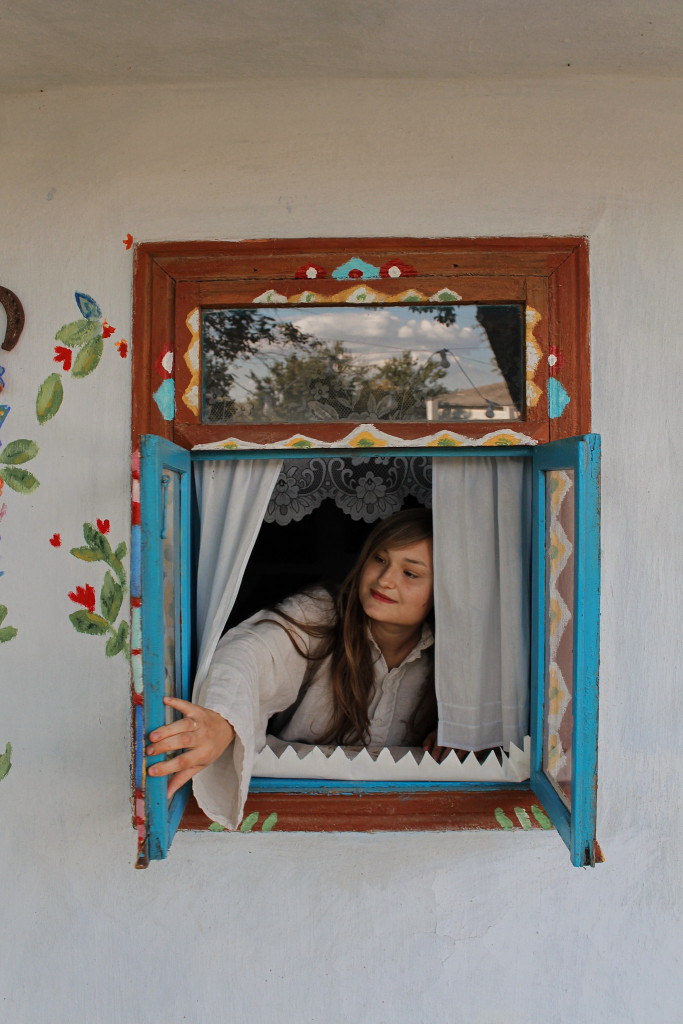
Natalia confessed that ever since she changed her mindset, she perceives life in vivid and vibrant colors. “I love naïve painting that doesn’t require explanations, that doesn’t seek judgment, but conveys simple yet complex emotions. I hope it brings a smile of happiness, teleporting people into a fairytale world where good always prevails. Personally, on the porch of this little house, I feel like I’m in a castle.”
“I’ve had a sense of refurbishing old things since I was little, and it fulfills me. I love the feel of clay, lime, and the brush.”
The young woman said she would definitely repeat the experience. She has established the “Association for the Valorization of Cultural Heritage” through which she aims to undertake more educational projects.
We asked her if rural houses in Moldova, especially the old ones, need such transformations, to which she responded: "Certainly, we can revalue them from a different perspective. Since our villages are abandoned, we could create museum villages and develop tourist areas. This is one of my goals. Our peasant houses are full of mysteries, stories, symbolism, and aesthetics, so we should take advantage of them to identify ourselves as a creative nation."
Natalia also emphasized: "The power and culture to develop ourselves are within us; we just need to have more trust in the people of this country, support them by purchasing local products, and promote them."
The house is located in Ungheni, in the Dănuțeni neighborhood.
